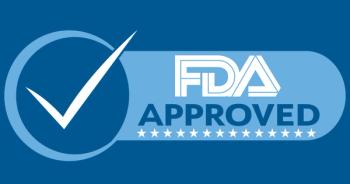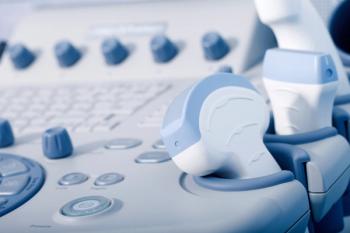
Treating peridontal disease doesn't lower rate of preterm birth
Despite what some observational studies have suggested, nonsurgical treatment of periodontal disease during pregnancy does not significantly lower rates of preterm birth, low birthweight, or fetal growth restriction.
Despite what some observational studies have suggested, nonsurgical treatment of periodontal disease during pregnancy does not significantly lower rates of preterm birth, low birthweight, or fetal growth restriction.
Some experts believe that bacteria from periodontal disease can migrate to the uterus and contribute to early birth, but results from the Obstetrics and Periodontal Therapy Trial (OPT), a randomized, blinded trial involving over 800 women, indicate that's not the case.
The women in the study, who were between 13 and 17 weeks' pregnant, received scaling and root planing either prior to 21 weeks' gestation or after delivery. Those in the former group also received monthly tooth polishing and instruction on oral hygiene. Rates of preterm birth (before 37 weeks' gestation) were 12% versus 12.8%, respectively (P=0.70). Average birthweights for the groups were 3,239 g versus 3,258 g, respectively, and rates of delivery of infants that were small for gestational age were 12.7% versus 12.3%, respectively (OR, 1.04; 95% CI, 0.68–1.58). The interventions also did not improve Apgar scores, reduce the rate of admission to a neonatal intensive care unit, or alter rates of preeclampsia, but they did produce a nonsignificant reduction in spontaneous abortion/stillbirth.
Michalowicz BS, Hodges JS, DiAngelis AJ, et al. Treatment of periodontal disease and the risk of preterm birth. N Engl J Med. 2006;355:1885-1894.
Commentary from Sharon T. Phelan, MD, Professor, Department of Obstetrics and Gynecology, University of New Mexico, Albuquerque, N.M.:
There have been a number of hypotheses proposed to explain the link between poor dental status and preterm delivery or low birthweight, but the current study strongly suggests that periodontal disease may only serve as a marker, not a cause of these problems. Keep in mind, however, that although this study didn't show an improvement in pregnancy outcomes with dental care, it also showed no complications due to aggressive dental care. As obstetricians we need to actively encourage our patients to continue or seek out dental care during pregnancy. We need to help educate the dentists in our communities so they appreciate that dental care, including anesthetic agents, is acceptable and actually preferred during pregnancy.
Newsletter
Get the latest clinical updates, case studies, and expert commentary in obstetric and gynecologic care. Sign up now to stay informed.










